20% off £30
What is contact dermatitis? Cause, symptoms & treatment

If you have an unexplained rash on your hands, face or body, it could be contact dermatitis.
What is contact dermatitis?
Contact dermatitis is a type of skin reaction. It’s triggered when your skin comes into contact with an irritant or allergen that causes an inflammatory response.1
There are two types of contact dermatitis- allergic contact dermatitis and irritant contact dermatitis.
What is irritant contact dermatitis?
Irritant contact dermatitis occurs when skin is regularly irritated by a substance or environmental factor – such as a household cleaner, or hot water.
Repeated handwashing, for example, could be a cause.
This exposure to an external irritant strips the skin of its protective natural oils and temporarily damages the skin cells.2
Those with jobs which require them to handle chemicals and hot temperatures, such as hairdressers, bricklayers, bakers, cleaners and nurses, are prone to getting irritant contact dermatitis on their hands.3
The common childhood ailment ‘nappy rash’ is a manifestation of irritant contact dermatitis.4
What is allergic contact dermatitis?
Allergic contact dermatitis (also known as allergen contact dermatitis), is a form of contact dermatitis caused by an allergy to something your skin has come into contact with.
This could be a chemical such as those in perfume, or a material such as nickel or latex rubber.
This allergy causes your immune system to think it’s under attack, so it releases inflammatory chemicals which results in swelling and redness in the skin. This occurs within 1 – 3 days after coming into contact with the allergen.5
What does a contact dermatitis rash look like?
A contact dermatitis rash is dry, red and slightly inflamed on lighter skin, and dark brown or purple on darker skin.6
It can also give the skin a cracked appearance.
With contact dermatitis, small blisters can develop on the hands, which weep when broken open. Scabs then form, which flake off.7
What do contact dermatitis blisters look like?
Contact dermatitis blisters are small, red and white raised pockets of fluid which appear on affected areas of skin.
Not everyone with contact dermatitis gets these blisters.
To minimise the risk of infection, you shouldn’t pop them – although they may pop on their own.
Is contact dermatitis contagious?
No – contact dermatitis is not contagious and can’t be caught from other people.
How long does contact dermatitis last?
Contact dermatitis should improve within a few days or up to four weeks of stopping contact with the allergen.8
What causes contact dermatitis?
Family history is a risk factor for atopic disease, including contact dermatitis.
So, if a close relative experiences an atopic skin condition, you’re more likely to experience one yourself.9
Whether it’s irritant contact dermatitis or allergic contact dermatitis, the cause is the skin overreacting to certain substances it comes into contact with.
Usually, the substance is one that one comes into regular contact with.
High-risk jobs for contact dermatitis include florists, beauticians, cooks, hairdressers and barbers, and certain manufacturing and health-care related occupations.10
According to the HSE, more than 20 hand washes or having wet hands for more than 2 hours per shift is a significant risk factor.11
Other trigger substances include:12
- Metals (e.g. nickel and cobalt)
- Latex rubber
- Adhesives (e.g. sticking plasters)
- Plants (e.g. chamomile and arnica)
- Fragrance
- Cleaning agents and solvents
- Essential oils
- Medications that are applied to the skin
- Soap and hand sanitiser
- Hair dye
- Powders, dust and soil
- Water – especially hard, chalky water or heavily chlorinated water13
Summary
- Contact dermatitis is an inflammatory skin reaction to an allergen
- There are two main types – allergic contact dermatitis (caused by allergy) and irritant contact dermatitis (caused by skin irritation e.g. friction or moisture)
- Contact dermatitis can be triggered by hundreds of things including soaps, metals, plants, soil and rubber
9 contact dermatitis symptoms
Below are 9 common symptoms of contact dermatitis:14
-
Red rash
A red rash, often without clearly defined edges, is a tell-tale sign of contact dermatitis, along with any of the following other symptoms.
-
Bumpy raised areas
A contact dermatitis rash is often slightly raised and bumpy. This can be made worse by scratching.
-
Swelling of the skin
Inflammation of the skin is common in both irritant contact dermatitis and allergic contact dermatitis, although a flat rash without swelling is also possible.
-
Itchy skin
The skin’s response to the allergen causes an itch, which can be severe in some cases.
-
Dry skin
At the site of the flare-up, the skin will appear very dry and dehydrated.
-
Cracked skin
Skin may be cracked or appear scaly and flaky, and rough to the touch.
-
Small blisters
In some cases, small blisters will form on affected areas of skin. These may pop and a watery fluid will come out.
-
Thickened skin
Chronic and longer-term contact dermatitis can lead to skin becoming thickened in the affected areas.
-
Infected skin
Skin affected by dermatitis may get infected with a common type of bacteria Staphylococcus or Streptococcus.
This causes more redness, soreness, crusting, oozing and spots or pimples.15
9 ways to manage dermatitis
There are various ways to identify and manage your symptoms:
-
Identify the irritant
Sometimes the irritant or allergen is obvious – for example if our skin has come into contact with bleach – other times we may not be sure what’s causing our contact dermatitis.
It’s a good idea to exclude common irritants, such as those listed above, until you identify the culprit.
-
Avoid allergens
Stop all exposure with known allergens.
For allergic contact dermatitis, there is usually an alternative available – for instance switching nickel jewellery for sterling silver, latex gloves for vinyl, and sticky plasters for hypoallergenic dressings.
-
Protect your hands
When working with your hands, including washing dishes, cleaning and gardening, wear gloves. If the gloves are irritating your hands, wearing a pair of thin cotton gloves underneath rubber gloves can help protect the skin.16
If you have a latex allergy, always choose non-latex gloves.
-
Choose natural products
If you’ve been experiencing contact dermatitis, it’s a good time to switch your laundry detergent, cosmetics, shampoo and body wash to all-natural versions.
Avoid common additives like fragrance, parabens, essential oils, benzyl alcohol and propylene glycol – all known to cause skin irritation.17
-
Dermatitis cream
A potentially effective cream for dermatitis is emollient cream.
Emollients are designed to stop the outer layer of your skin from drying out as they provide it with a protective film.
There are a range of oils, creams and ointments available so you may need to experiment to find one that works for your skin type.
If you think that the emollient itself might be causing a rash to develop, get advice from your GP.
-
Topical steroid cream
If your skin is very red and inflamed your GP or dermatologist may prescribe a topical steroid cream (also known as topical corticosteroid cream) to bring down the swelling. They will tell you where you should apply it and how often.18
-
Steroid tablets
Your GP may prescribe you a course of steroid tablets for 5 – 7 days if your contact dermatitis is severe. Prednisolone is the most commonly used oral steroid in the UK and should only be used short term.19
-
Patch testing
Your GP may refer you to a dermatologist to perform patch testing. This involves a dermatologist introducing tiny samples of common allergens to your skin (usually the back) and monitoring the way your skin reacts to each.20
This helps them to isolate the substances you’re sensitive to.
-
Light therapy
For more severe contact dermatitis which can’t be managed by conventional treatments, light therapy (aka phototherapy) involves treatment with different wavelengths of UV light.
It can be used on the whole body, or isolated affected areas. Treatment is usually for 1 – 2 months before an improvement in symptoms improve.21
Summary
- Contact dermatitis causes dry, red, cracked, painful, sore, itchy skin
- Using natural products, avoiding allergens, using emollient cream and protecting hands can all help
- In severe cases, your GP may recommend patch testing, steroid treatment or light therapy
Where can you get contact dermatitis?
Contact dermatitis can occur anywhere on the skin. It’s particularly common on the hands, with the feet, face, body and groin area also prone to experiencing symptoms.
-
Contact dermatitis on hands
Contact with soaps and cleaning materials and working with wet hands are the most common causes of work-related contact dermatitis, according to data from UK dermatologists.22
Various leisure activities can lead to contact dermatitis on the hands.
Gardening is one – as some plants are known to irritate the skin. These include primula obconica (German primrose), chrysanthemums and members of the daisy family.23
Any wet work which involves wetting and drying the hands repeatedly can be a cause. This includes clay modelling, painting, dog grooming and even cooking.
Exercise such as weightlifting, rowing and gymnastics commonly cause contact dermatitis on hands.
-
Contact dermatitis on the body
Chemicals and dyes added to fabrics can trigger contact dermatitis on the body in some people. Common culprits include: 24
- Formaldehyde resins
- Para-phenylenediamine (PPD)
- Azo and anthraquinone based dispersal dyes
- Flame retardants [tris(2,3-dibromopropyl) phosphate (13) and 2,3-dibromocresylglycidyl ether]
Metallic fasteners made from nickel are also a common cause of contact dermatitis from clothing.
The nickel in rings, bracelets, necklaces, earrings and piercing jewellery is also a common triggers for contact dermatitis.
It’s also possible to develop sensitivities to other jewellery metals including gold and thiuram mix.25 Contact dermatitis on fingers is common on the skin under rings.
The products you use to take care of your skin could be doing more harm than good if you’re prone to irritant contact dermatitis. This includes cleansers, shampoos, moisturisers, cosmetics and laundry detergent.
Ingredients linked with skin irritations to watch out for include: 26
- fragrances (parfum)
- essential oils
- benzyl benzoate
- benzyl cinnamate
- farnesol,
- Formaldehyde
- quartemium 15
- parabens
- imidazolidinyl urea
- diazolidinyl urea
- BHT
- EDTA.
Contact dermatitis on the body can be triggered by certain medications. These include: 27
- neomycin (found in antibiotic creams)
- penicillin
- sulfonamide
- local anesthetics, such as procaine hydrochloride
Systemic contact dermatitis can occur on the body or face following exposure to a food allergen. This results in a local inflammatory response at the site of skin contact. These include:28
- cow’s milk
- egg
- soybean
- cereals
- gluten
- soy
- shellfish
-
Contact dermatitis on the buttocks and groin
People experiencing urinary or faecal incontinence may be affected by contact dermatitis on the groin and buttock area due to wetness, wet wipe use and the prolonged contact with hygiene pads.29
-
Contact dermatitis in babies
Babies are especially prone to contact dermatitis due to the wearing of nappies, use of wet wipes, teething, drooling and messy play.
The common infant skin condition ‘nappy rash’ is a form of contact dermatitis caused by friction and wetness close to the delicate groin and bottom area.30
-
Contact dermatitis on the feet
The wearing of socks and shoes can be a trigger for contact dermatitis. This can be particularly problematic as many of us don’t have the option to go footwear-free in our daily lives.
Various allergens are present in footwear, as a result of the chemical treatment processes involved in the manufacture of leather, rubber, adhesives and textiles.31
Summary
- Contact dermatitis can appear anywhere, but is most common on the hands and face
- Babies are particularly prone to contact dermatitis
- Occupational exposure to substances which irritate the skin is common
- Jewellery, sport and some hobbies can be factors
Last updated: 12 July 2021
- https://knowyourskin.britishskinfoundation.org.uk/condition/contact-dermatitis/
- https://www.nhs.uk/conditions/contact-dermatitis/causes/
- https://knowyourskin.britishskinfoundation.org.uk/condition/contact-dermatitis/
- https://www.health.harvard.edu/a_to_z/contact-dermatitis-a-to-z
- https://www.ncbi.nlm.nih.gov/books/NBK447113/
- https://www.nhs.uk/conditions/contact-dermatitis/causes/
- https://www.ncbi.nlm.nih.gov/books/NBK447113/
- https://www.nhs.uk/conditions/contact-dermatitis/symptoms/
- https://www.jacionline.org/article/S0091-6749(04)02291-2/pdf
- https://www.hse.gov.uk/statistics/causdis/dermatitis/skin.pdf
- https://www.hse.gov.uk/skin/employ/dermatitis.htm
- https://www.ncbi.nlm.nih.gov/books/NBK447113/
- https://www.nhs.uk/conditions/contact-dermatitis/causes/
- https://nationaleczema.org/eczema/types-of-eczema/contact-dermatitis/
- https://www.bad.org.uk/shared/get-file.ashx?id=166&itemtype=document
- https://nationaleczema.org/protecting-your-hands-at-home/
- https://www.ncbi.nlm.nih.gov/pmc/articles/PMC3016930/
- https://www.aaaai.org/conditions-and-treatments/library/allergy-library/contact-dermatitis
- https://eczema.org/information-and-advice/treatments-for-eczema/oral-steroids/
- https://www.nhs.uk/conditions/contact-dermatitis/diagnosis/
- https;//nationaleczema.org/eczema/treatment/phototherapy/
- https://nationaleczema.org/eczema/treatment/phototherapy/
- https://eczema.org/wp-content/uploads/All-about-Contact-Dermatitis-booklet-2019-1.pdf
- https://dermnetnz.org/topics/textile-contact-dermatitis/
- https://pubmed.ncbi.nlm.nih.gov/27001330/
- https://actionagainstallergy.org/contact-dermatitis-and-cosmetics/
- https://www.hopkinsmedicine.org/health/conditions-and-diseases/contact-dermatitis
- https://www.ncbi.nlm.nih.gov/pmc/articles/PMC3970830/
- https://eczema.org/wp-content/uploads/All-about-Contact-Dermatitis-booklet-2019-1.pdf
- https://www.bjfm.co.uk/napkin-dermatitis-in-infants-overview-and-current-treatment-guidance
- https://www.the-dermatologist.com/content/allergic-contact-dermatitis-foot


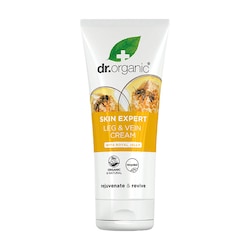

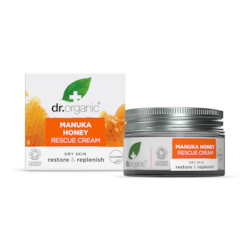
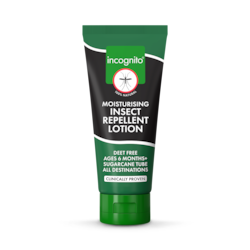
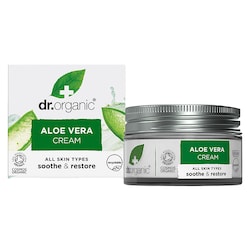
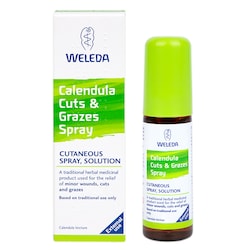
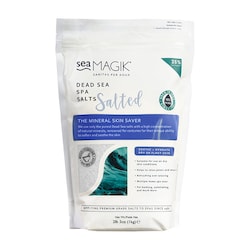
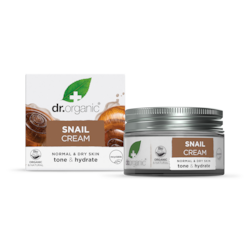
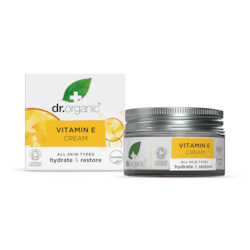
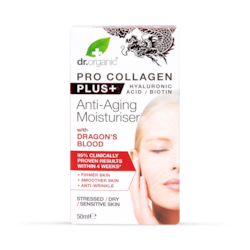
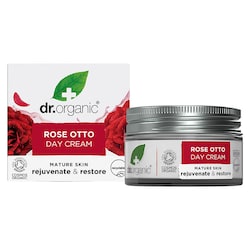

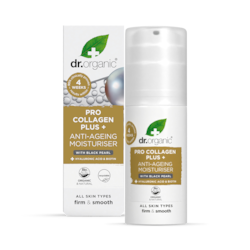
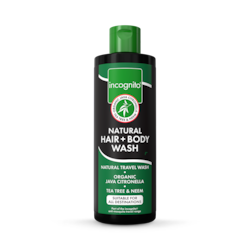
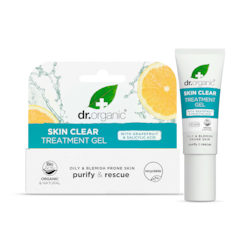

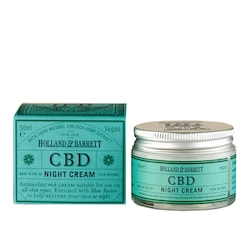
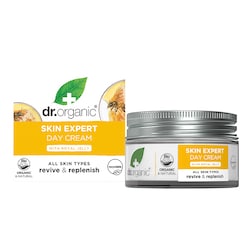
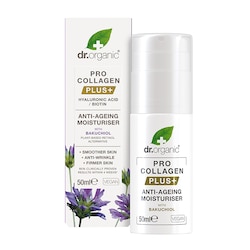

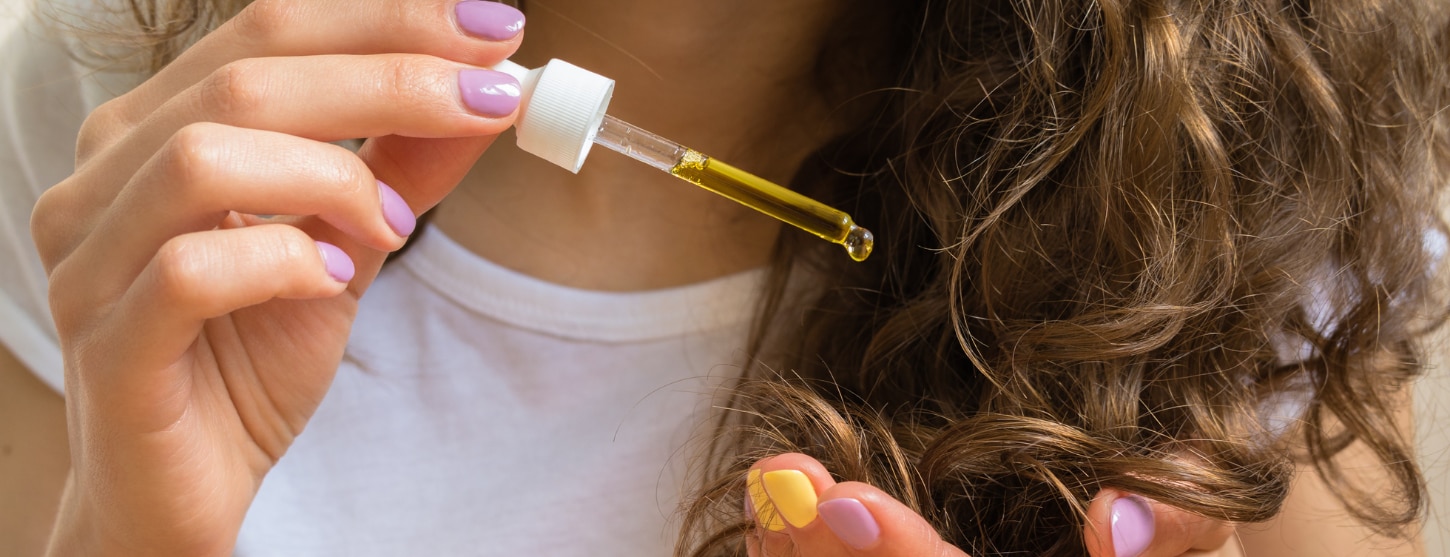
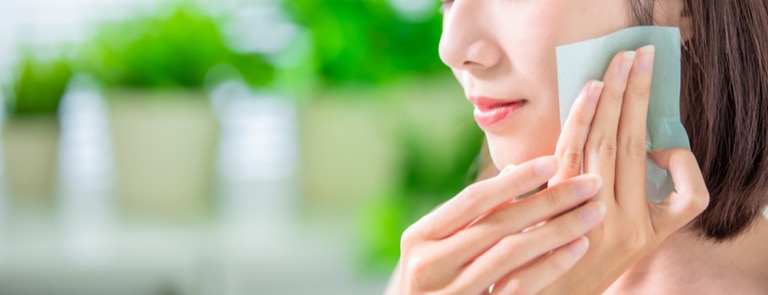
.png)










